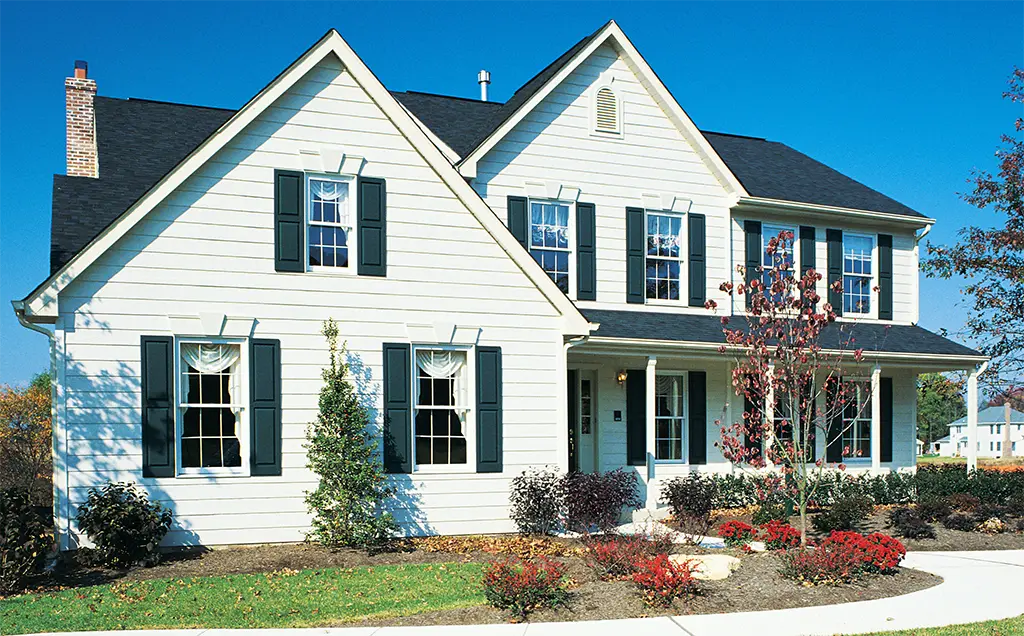UPDATED: May 12, 2022

First-time home-buyers may find their heads spinning when they hear about all the fees associated with buying a home. From loan origination fees and title insurance to notary fees and private mortgage insurance (PMI). A house purchase ends up being far more costly than just the purchase price.
And if you don’t offer up at least 20% of the home’s value in a down payment, you’ll be facing the above-mentioned cost, private mortgage insurance (PMI). In this article, we’ll work to build your understanding of private mortgage insurance. We will also explain what you can do to avoid it entirely or get out of it later.
Table of Contents
What is Private Mortgage Insurance (PMI)?
PMI is required with a conventional loan when you provide a down payment of less than 20% of the purchase price. That means if you purchase a $200,000, house you’ll need to put down $40,000 to avoid PMI. And that’s no small number, nor does it seem completely reasonable for many first-time home buyers.
Essentially, PMI is a tool that protects lenders, not home-buyers. And it does so by enabling lenders to recoup more of their money if you default early on a loan. So if you buy a house and skip town in the early days of a loan, the lenders will be reimbursed if the house goes into foreclosure.
FREE Refinance Quotes Comparison
Compare Multiple Offers Instantly
How is PMI Calculated?
The amount of PMI you’ll pay generally depends on your credit score, down payment, and debt-to-income (DTI) ratio. Higher credit scores, larger down payments, and lower DTI ratios generally pay lower amounts of PMI. If you’re already in talks with a lender, you can simply ask them for your PMI percentage. But if you would rather get an estimate in advance, there are tools for that.
To calculate the estimated PMI for a home you’re thinking about purchasing, there are plenty of online calculators (like this one) to help out. For example, using a PMI calculator, let’s say you’re buying a $200,000 home, but you only have $20,000 to put down or 10%. If you have excellent credit and a lower than average DTI ratio, you may be looking at a PMI payment of around $75 a month. That means you’d be paying roughly $5,500 total in PMI before you hit 20% home equity, all things remaining constant.
How Much Does PMI Cost?
On average, PMI costs between 0.3-1.15% of your loan value each year. That means that as you repay your loan, PMI payments will decrease. The only sure way to calculate your PMI cost is to confirm the price with the lender you’ll use for your mortgage.
FREE Mortgage/Refi Quotes Comparison
Compare Multiple Offers Instantly
How to Avoid PMI
If you want to avoid ever paying PMI on a mortgage, there are a few options.
- Put 20% or more down. This is the most straightforward way to ensure you won’t need to pay PMI. But as mentioned above, depending on the home price, it’s not always practical to put 20% down, especially for new homebuyers.
- Get Lender-Paid Mortgage Insurance (LMPI): With this type of loan, you won’t directly pay PMI each month; the lender will cover it. But if that sounds too good to be true, you’re right. In return, you’ll face a slightly higher interest rate each month. So you can think of this as not outward avoidance of PMI but paying it through a slightly higher mortgage payment.
- Find a Low-Down-Payment Program: Certain loan programs may help you avoid PMI despite a low down payment. But you’ll need to meet specific criteria and may not be qualified if you make above a certain income threshold each year.
How to Get Rid of PMI
If you bought a house and had no choice but to accept PMI, it’s important to understand how to get out of it later. PMI will generally “fall off” the loan, aka the lender stops requiring it, once your loan balance reaches 78% of the home’s value. But just because you’re paying PMI now doesn’t mean you need to wait for the insurance company to contact you to say you can stop paying. Here are 3 ways to kick off that process yourself.
- Get your home reappraised: If home prices in your area have skyrocketed since your purchase, it’s possible your equity is now greater than the 20% needed to avoid PMI. By getting an updated appraisal, you may be able to notify your lender that equity is above the 20% threshold. PMI can be removed at this point. It’s worth noting that you may need to own your home for 5 or more years before this is a viable option.
- Refinance into a new loan: You may be able to refinance into a new loan that has no PMI requirement if your new loan will be for less than 80% of your home’s value. But be aware that you’ll likely need to pay closing costs associated with the refinance. So it makes sense to compare the cost of keeping PMI vs. the savings from a refinance that factors in closing costs.
- Reach out to the lender when your home reaches 80% LTV: Lenders should automatically stop charging PMI when the loan-to-value (LTV) ratio reaches 78%. But you can save yourself a bit of money by reaching out to request removal at 80%. Before submitting the request, you’ll need to have a positive payment history and be current on payments. If you’re behind, cancellation may not be enforced until the month after you get current.
You can check your local refinance rates by using this tool:
FREE Refinance Quotes Comparison
Compare Multiple Offers Instantly
The Bottom Line
PMI is the cost of doing business if you’re looking to buy a home with less than 20% down. But the cost likely isn’t enough to deter you from making the investment. So instead, shop around to get quotes from various lenders to ensure the best possible price. Then, keep a close eye on your home’s LTV ratio. Be sure to reach out to the lender to remove PMI as soon as you’re eligible, or sooner if possible.
FREE Mortgage/Refi Quotes Comparison
Compare Multiple Offers Instantly






Leave a Reply